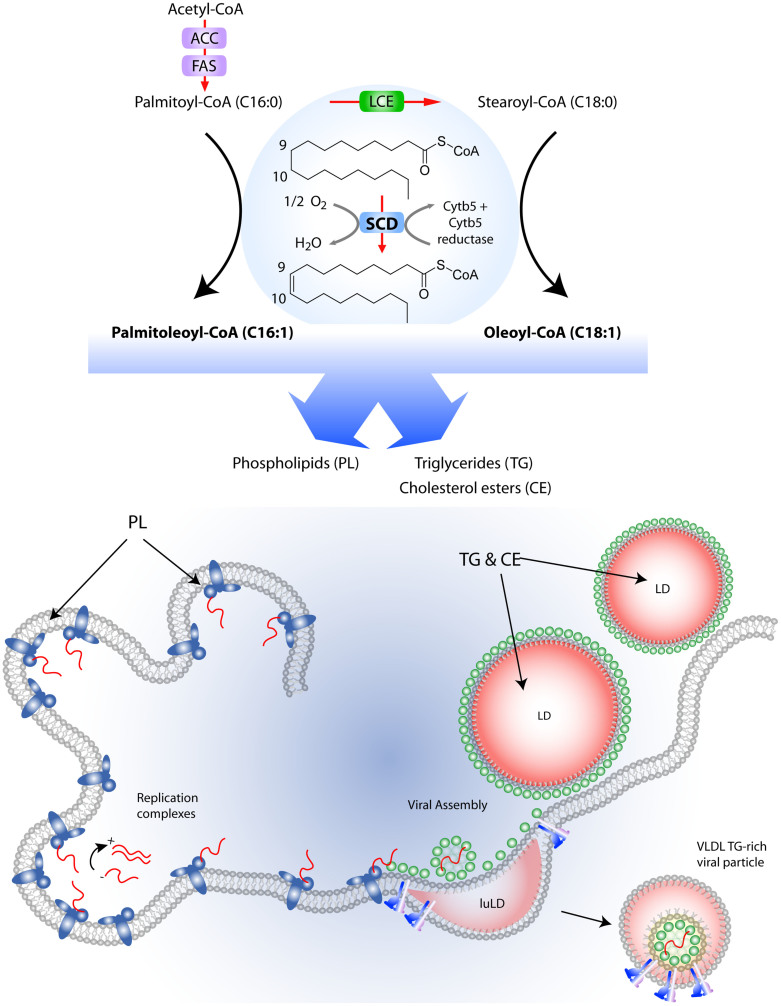Figure 1. Role of SCD-1 in the fatty acid biosynthesis pathway.
Multiple enzymes, that include acetyl-CoA carboxylase (ACC) and fatty acid synthase (FAS), catalyze the conversion of acetyl-CoA into long chain fatty acids (LCFAs). Palmitoyl-CoA (C16:0) can undergo sequential long-chain elongation (LCE) to form stearoyl-CoA (C18:0). Both of these fatty acids represent substrates for SCD-1, which catalyzes their desaturation at carbon-9 forming a cis-double bond. The SCD-1 catalyzed products, palmitoleoyl-CoA (C16:1) and oleoyl-CoA (C18:1), are directly incorporated in triglycerides (TGs), cholesterol esters (CEs), and phospholipids (PL). These lipids are crucial to the formation of cytosolic lipid droplets (cLDs), luminal LDs (luLD), and lipid-rich membranes, which are platforms for HCV replication and assembly.

